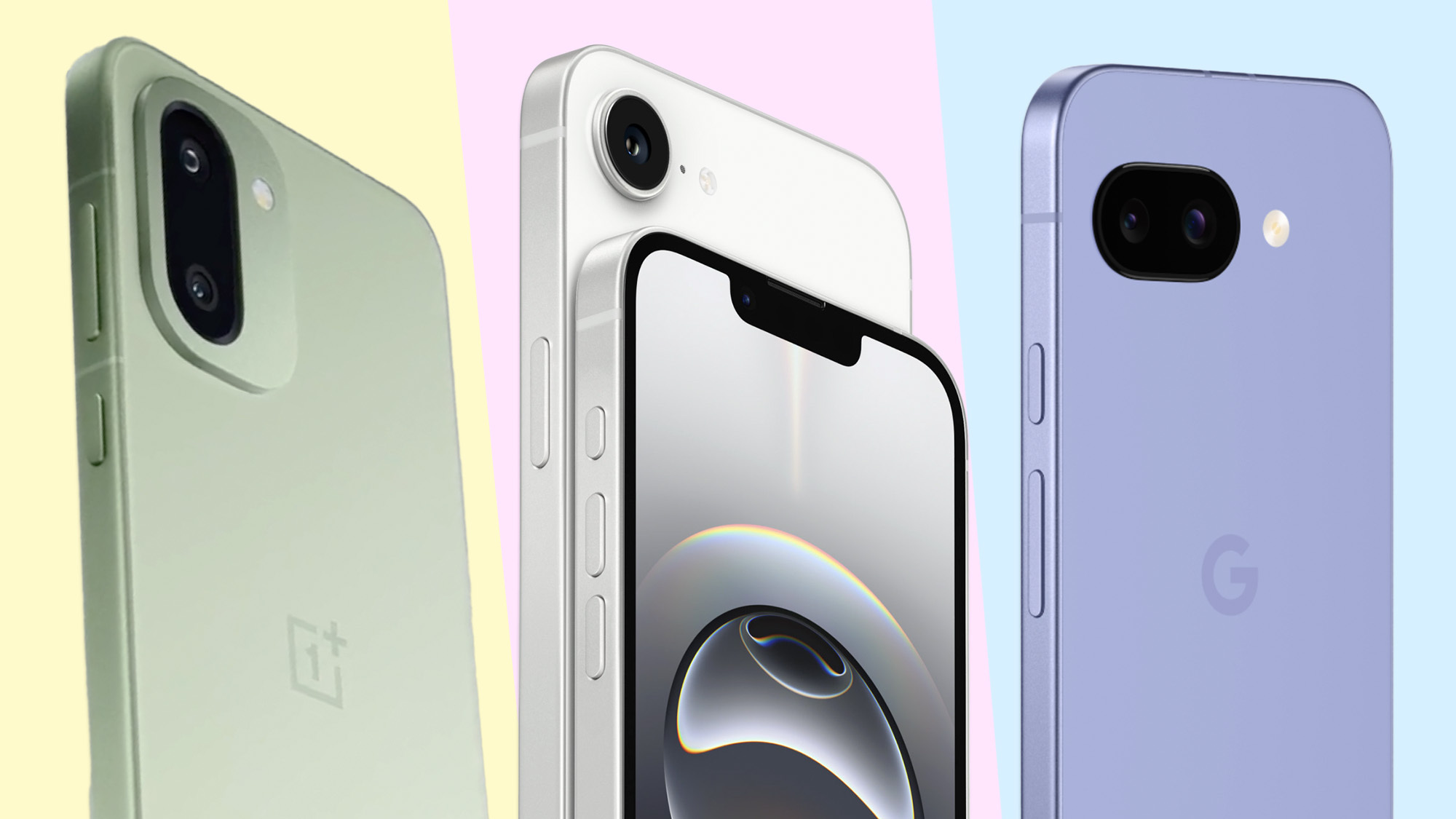NASA says you shouldn't point your camera directly at the eclipse today — here's why

NASA recently posted on X warning smartphone users against using their devices to directly capture images of the upcoming Solar eclipse.
NASA took to X to answer a user's question about pointing a phone directly at the solar eclipse and recommended against the action. The reason, much like why you shouldn’t look directly at an eclipse, is due to direct sunlight exposure.
It is common knowledge that you should never look directly at an eclipse due to the damage that direct sunlight can cause to your eyes, and the same is true for your phone's image sensor.
We asked our @NASAHQPhoto team, and the answer is yes, the phone sensor could be damaged just like any other image sensor if it’s pointed directly at the Sun. This is especially true if you’re using any sort of magnifying lens attachment on the phone. You would need to utilize…April 4, 2024
NASA then recommends placing a pair of eclipse glasses or another specialized filter in front of the camera when taking a picture of the eclipse. NASA has released a full breakdown of how best to take a photo of the upcoming eclipse on their website, including a handy video. On that note, Tom's Guide Senior Channel Editor for Phones, John Velasco, detailed how he planned to photograph the upcoming event.
The first, as NASA suggests, is to use the proper solar filter to guarantee no direct damage to the camera filter. It is also just as important to wear the glasses yourself to protect your eyes even if you are looking through the screen.
NASA does recommend removing the filter when the moon completely blocks out the Sun so that you can capture the Corona, where the sun shines around the outside of the moon, giving it a halo-like effect.
The space agency also recommends using a tripod to stabilize the shot, and a delayed shutter release, if possible, to help shoot the event without touching the camera.
Get instant access to breaking news, the hottest reviews, great deals and helpful tips.
Nasa photographer Bill Ingalls recommends focusing on the human experience when taking photos, in the guide he writes, “The real pictures are going to be of the people around you pointing, gawking, and watching it.”
While the Sun is the most commanding element of a solar eclipse, remember to look around you. As the Moon slips in front of the Sun, the landscape will be bathed in eerie lighting and shadows. As light filters through the overlapping leaves of trees, it creates natural pinholes that project miniature eclipse replicas on the ground. Anywhere you can point your camera can yield exceptional imagery, so be sure to compose some wide-angle photos that can capture your eclipse experience.
NASA
Solar Eclipses are one of the truly incredible events, and they are rare enough that a picture could be the only chance many have to experience one. The next US solar eclipse will likely not happen until 2044, so look to the skies and grab a pic of this solar phenomenon.
For those in Europe, you'll likely get your next eclipse on August 12 2026, so it might be worth checking out our best camera phones list or even the hub for the upcoming Galaxy S25 or iPhone 16 to see if they will offer you the best picture opportunity.
More from Tom's Guide
- I gave my Galaxy S23 Ultra new life by installing a turbocharged software update — here’s why
- Samsung Galaxy Z Fold 6 vs OnePlus Open: Which foldable could win?
- iPhone 16 Capture button — here's what I'd like to see from this rumored addition

Josh is a staff writer for Tom's Guide and is based in the UK. He has worked for several publications but now works primarily on mobile phones. Outside of phones, he has a passion for video games, novels, and Warhammer.










